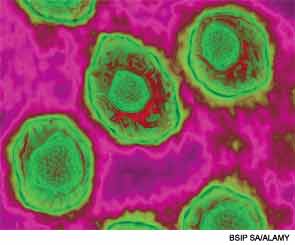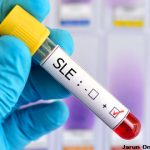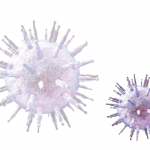
SAN DIEGO—Rheumatologists are learning more about what autoantibodies, along with genetic and environmental factors, may predict the development of rheumatoid arthritis (RA) and systemic lupus erythematosus (SLE) years before symptoms appear. Speaking at the Clinical Research Conference at the 2013 ACR/ARHP Annual Meeting, held October 26–30, two researchers clarified recent findings in these areas that may one day enable rheumatologists to treat inflammation in a preclinical disease phase. [Editor’s Note: This session was recorded and is available via ACR SessionSelect at www.rheumatology.org.]
Paraphrasing a famous line from Shakespeare, Solbritt Rantapää-Dahlqvist, MD, professor of public health and clinical medicine at Umeå University, Umeå, Sweden, noted that in RA, “to be or not to be antibody positive, that is the question!” She and her colleagues looked at how the development of 10 critical antibodies to cyclic citrullinated peptides (CCP) might predict RA onset as many as seven years before clinical symptoms appear and what changes occurred in future RA patients’ immune responses up to a few weeks before disease onset. Their research was published in Arthritis & Rheumatism in April 2013.1
Telltale Autoantibodies
Using samples from the Medical Biobank of Northern Sweden, Dr. Rantapää-Dahlqvist and her colleagues analyzed the blood of 409 individuals, 386 of whom donated 717 samples before the onset of RA symptoms. For this group, there was a median of 7.4 years before RA symptom onset. In addition, blood biomarker data on 1,305 control subjects were analyzed. Antibodies to 10 citrullinated peptides were examined, but antibodies to three particular peptides stood out as highly predictive of RA: CEP-1, Fibß36-52, and filaggrin. In the samples studied, antibodies to these three peptides increased gradually over time, reaching their highest levels prior to RA disease onset. Fewer than 3.35 years before RA symptoms began, the odds ratio of a patient having both CEP-1 and Fibß36-52 was 40.4, compared to having antibodies to either peptide alone.
“We believe these antibodies might be important for the pathogenesis of the disease development” in RA, said Dr. Rantapää-Dahlqvist. In addition, between 3.4 and 0.2 years before RA starts, only 33.3% of patients showed no evidence of these antibodies in their blood, she said. “This would be a sign of epitope spreading, we think.”
The frequency of certain genetic isotopes that RA patients’ first-degree relatives have also may help rheumatologists predict disease before it strikes, Dr. Rantapää-Dahlqvist added. In another study, the Umeå researchers analyzed data from 51 families that included 163 people with RA and 157 first-degree relatives who did not have the disease. They found that both RA patients and their first-degree relatives had a high frequency of all anti-CCP and rheumatoid factors isotopes compared to unrelated, healthy individuals. In people with RA, the immunoglobulin (Ig) G isotype was most prevalent, but in their relatives, there was a high frequency of the IgA and IgM isotopes. The relatives’ blood rarely showed both anti-citrullinated peptide antibodies and rheumatoid factor, however.



